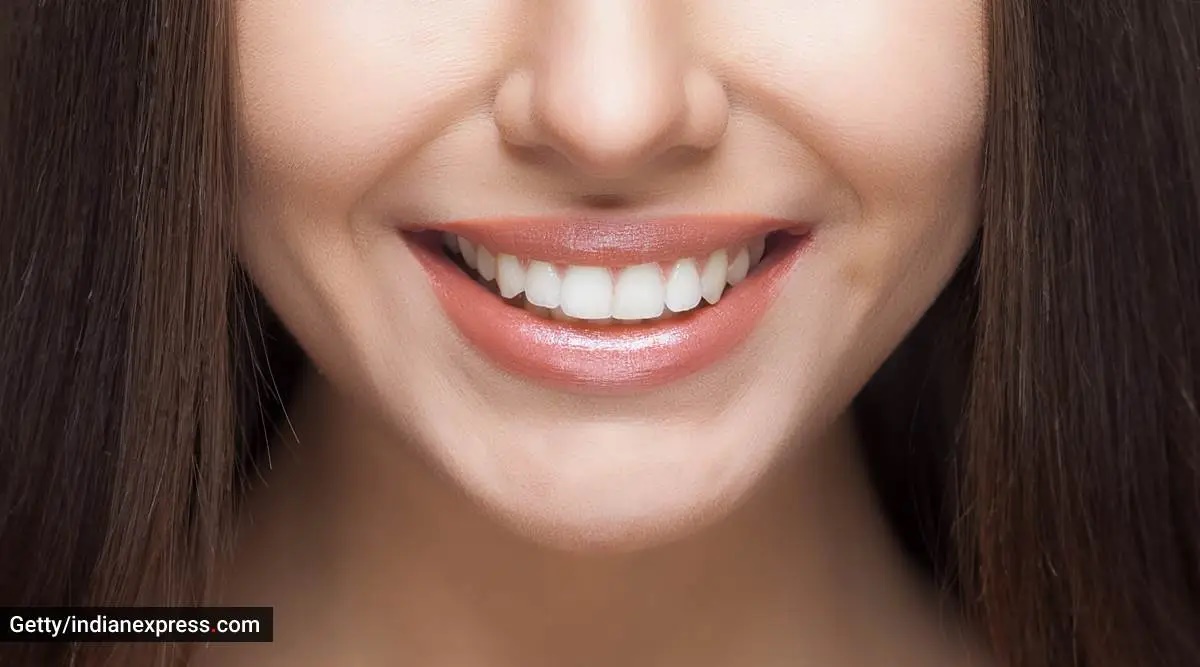[ad_1]
In our fascinating journey of exploring more about how our body works, let us delve into how the teeth work. Did you know that the tooth is the only part of the human body that cannot repair itself? Yes, you read it right.
While it is true that teeth do not possess the ability to regenerate or repair themselves fully, it is important to understand the context and extent of this statement, said Dr Brahmaji Rao, oral and maxillofacial surgeon at Kamineni Hospitals, Hyderabad.
To start with, our tooth has been broadly divided into four parts—the enamel, the dentine, the cementum and the pulp. “The enamel is a highly mineralised crystalline structure which protects the outer layer of the tooth and is often referred to as the hardest substance in the body,” explained Dr Arijit Sengupta, BDS (WBDC), Kolkata.
Just beneath this rests the dentine. According to Dr Sengupta, the dentine is a composite structure formed of 30 per cent organic matrix, consisting mainly of type-I collagen, 50 per cent inorganic reinforcing phase of carbonated apatite and 20 per cent dentinal fluid similar to blood plasma.
“The cementum is a hard, calcified layer of tissue that covers the root of the tooth. On its outer side, the cementum is attached to the periodontal ligament; on its inner side, the dentine. Along with the periodontal ligament, alveolar bone and gingiva, cementum helps a tooth stay in its place,” said Dr Sengupta.
The pulp is the innermost layer of a tooth.
When it comes to tooth decay or dental caries, according to Dr Rao, the process involves the breakdown of the mineralised structure of the tooth, primarily the enamel and the dentine. The decay is caused by bacteria in the mouth that produce acids when they consume sugars or carbohydrates from the diet.
“As per numerous researches and journals, it is evident that a tooth cannot repair itself. Although some say that parts of the tooth such as parts of pulp and periodontal ligaments can be regenerated, the major structures such as enamel cannot repair themselves. It is replaced or repaired artificially with the help of synthetic components and made to function alike,” said Dr Sengupta.
Although symptoms like reversible pulpitis or minor trauma to the tooth may sometimes heal over time with a course of treatment, regeneration of dental structures is still a thing of the future and is being extensively researched, added Dr Sengupta.
In the early stages of tooth decay, the damage can be reversed or repaired through a process called remineralisation, Dr Rao said. “This occurs when minerals, such as calcium and phosphate, are deposited back into the tooth structure, strengthening the weakened areas. Fluoride, whether from toothpaste, drinking water or professional treatments, helps facilitate this remineralisation process, Dr Rao said.
 To start with our tooth has been broadly divided into four parts the enamel, the dentine, the cementum, and the pulp (Source: Getty Images/Thinkstock)
To start with our tooth has been broadly divided into four parts the enamel, the dentine, the cementum, and the pulp (Source: Getty Images/Thinkstock)
However, once tooth decay progresses and a cavity forms, the damage is irreversible and requires dental intervention, asserted Dr Rao. “Dentists remove the decayed portion of the tooth and fill the cavity with materials like dental amalgam or composite resin to restore its function and appearance. The filling material replaces the lost tooth structure but does not regenerate the natural tooth material,” said Dr Rao.
What to keep in mind?
Given that teeth have limited regenerative abilities, preventive measures are crucial for maintaining oral health. Dr Rao said that practising good oral hygiene, including regular brushing with fluoride toothpaste, flossing and visiting the dentist for check-ups and professional cleaning, helps prevent tooth decay and gum disease.
Dr Sengupta suggested getting a complete dental check-up at least once or twice a year to prevent any issues that might cause tooth decay or loss of tooth structure. “Once lost, it’s gone,” he said.
Some promising avenues of research involve stem cells, tissue engineering and bioactive materials that can potentially stimulate tooth regeneration. However, these approaches are still in the experimental stages and not yet available as routine dental treatments, added Dr Rao.
📣 For more lifestyle news, follow us on Instagram | Twitter | Facebook and don’t miss out on the latest updates!
[ad_2]











